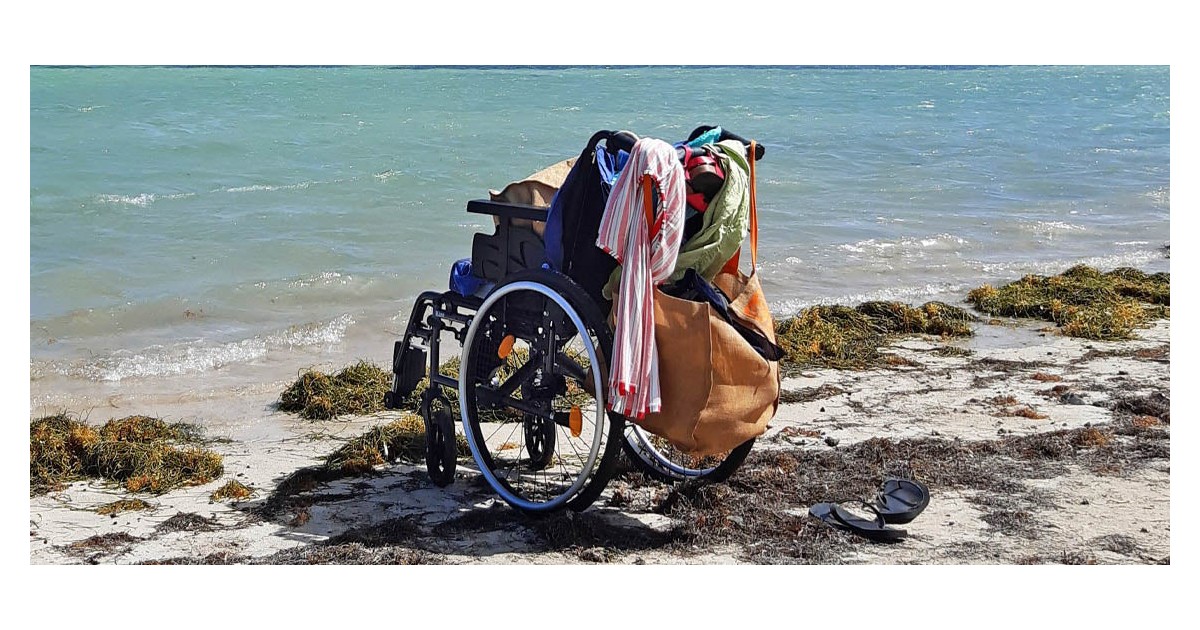For the more than one million people with physical, sensory or intellectual disabilities – an estimated 15% of the Caribbean’s population – disaster is an even more frightening prospect than usual. Imagine being a wheelchair user and needing to evacuate during a flood but without wheelchair accessible ramps. Or being deaf and unable to understand emergency communications because they have not been translated into sign language. These are the realities for many people with disabilities. To better address these challenges, The unique needs and capabilities of people with disabilities need to be better understood, integrated into planning, and translated into concrete outcomes. This can be achieved by meaningfully including people with disabilities in decision-making processes.
Unfortunately, people with disabilities and organizations that represent them are often excluded from full participation in policy and planning forums that establish disaster risk management (DRM) processes and operational practices. As a result, planning and agreeing on strategies that support the needs of people with disabilities and ensure their safety in emergencies is often done for and on their behalf, rather than with them.
This is a key finding of a new evaluation report, “Assessing the Involvement of People with Disabilities in Disaster Risk Management in the Caribbean,” funded by the Canada Caribbean Resilience Facility in collaboration with the Global Facility for Disaster Risk Reduction and Recovery (GFDRR). The report examines how people with disabilities are currently involved in national-level disaster preparedness, response, recovery and resilience planning and policies in nine Caribbean countries: Antigua and Barbuda, Belize, Dominica, Grenada, Guyana, Jamaica, Saint Lucia, Saint Vincent and the Grenadines and Suriname.
But why does this happen? Exclusion often stems from prejudice rooted in fear, mistrust, ignorance, shame and an attitude that disabled people are powerless. This mindset influences the way disability policies are developed and implemented, and how disabled people are perceived and valued in society.
Encouragingly, Disaster risk reduction (DRR) managers and policy makers were found to be highly motivated to support disability-inclusive disaster preparedness, response and recovery planning. All nine countries have laws, policies or constitutional provisions that support to some extent the inclusion of people with disabilities, both in society in general and in the area of disaster risk reduction. However, these policies are often not fully followed, and standards and protocols, particularly those governing the accessibility of communications, infrastructure, public facilities and transport networks, are not fully applied or enforced. Important information and meeting spaces that foster the inclusion of people with disabilities are not always accessible, making it difficult for them to fully participate and giving them the impression that they are not invited.
But this can change. We can remove the barriers to full participation of people with disabilities in DRM. Here’s what we can do:
1) Improve Data. Governments should continue to ensure improved availability and accessibility of reliable and properly classified disability data. At the same time, they should continue to build and maintain national registries of persons with disabilities that contain details of their circumstances, supporting infrastructure, and networks. These registries can be shared with DRMs for planning and operational response purposes.
2) Better understand the needs of people with mental illnesses and intellectual disabilities and find ways to include them in disaster risk reduction planning.
3) We will respond to all stages of DRM planning by providing welcoming and accessible forums for the meaningful participation of people with disabilities and their representatives and supporting greater engagement with disability organizations. This may include providing sign language interpretation for television messages, making large and Braille versions of documents available, and providing devices that support speech-to-text and text-to-speech translation.
4) We will develop and implement programs to raise public awareness of the capabilities as well as the challenges of people with disabilities and to reduce stigma and feelings of helplessness.
These recommendations will have an immediate impact on the empowerment of people with disabilities and changing societal attitudes towards them. By increasing our knowledge and understanding of these marginalized groups, we can fully engage with them, improve their access to policy and planning discussions, access to risk information, and create inclusive built environments. This is an opportunity for all of us to build stronger, more resilient societies, maximizing everyone’s contributions and minimizing future disaster-related losses.
Related Links:

